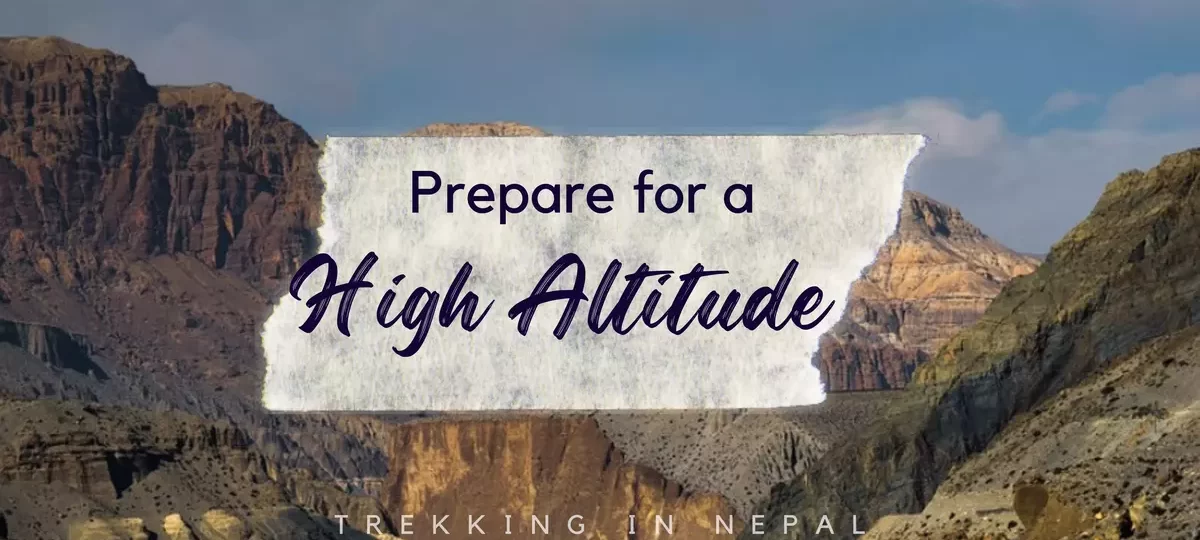How to Prepare for a High Altitude Trek? 3,000 meters Above
When setting a journey that is above 3,000 meters above sea level, you need to prepare for a high altitude trek. From physical conditioning to altitude-specific tips, everything needs to be pre-planned.
In this guide, we will walk you through essential steps to get you ready for this awe-inspiring experience, how to avoid altitude sickness, and how you can make it easy for you to trek.
How do I train for High altitude trekking or hiking?
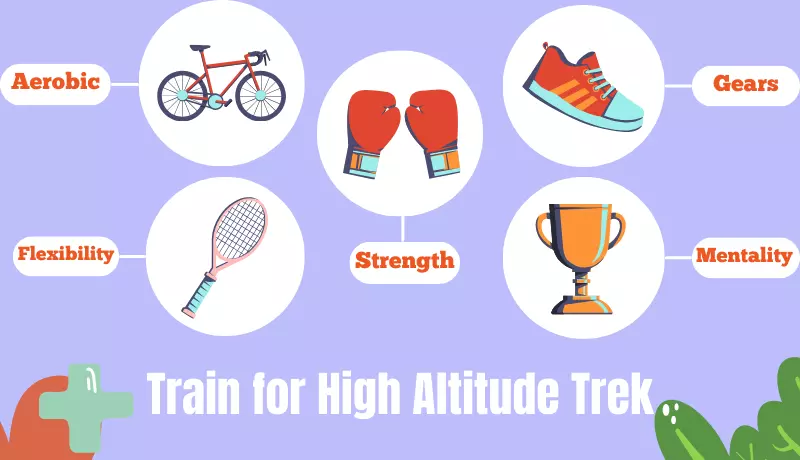
Training for high altitude trekking or hiking requires a combination of physical training, mental preparation, and familiarization with the challenges specific to high altitude environments.
Similarly, the duration of training for high altitudes also depends upon the duration of trekking & its difficulty level. So, check the itinerary and difficulty level first and consult with your trainer to make a proper training program.
Here are some steps you can take to train for High Altitude Trek or Hiking:
Aerobic Conditioning:
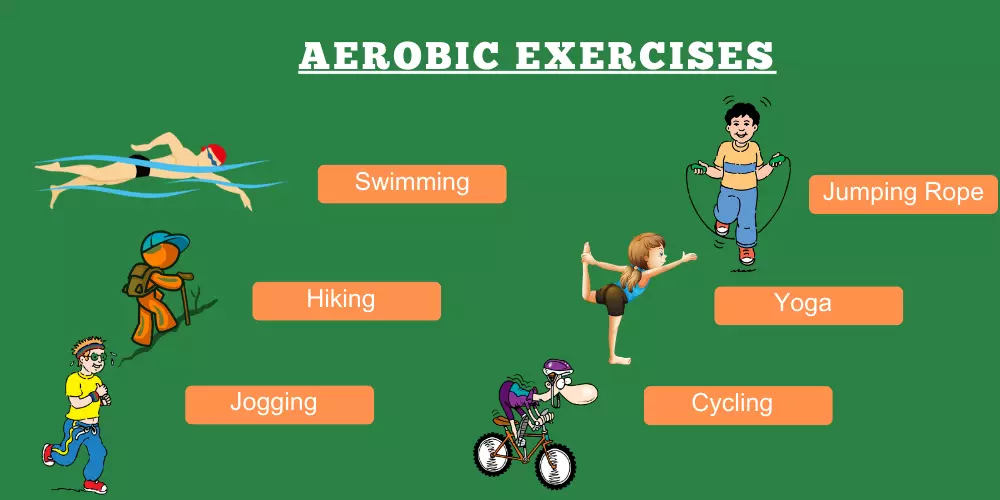
- Engage in regular aerobic exercises like hiking, brisk walking, running, cycling, and swimming.
- Aim to build your cardiovascular endurance to cope with lower oxygen levels at higher altitudes.
- Include interval training to improve your ability to sustain a steady pace for extended periods.
Strength Training:
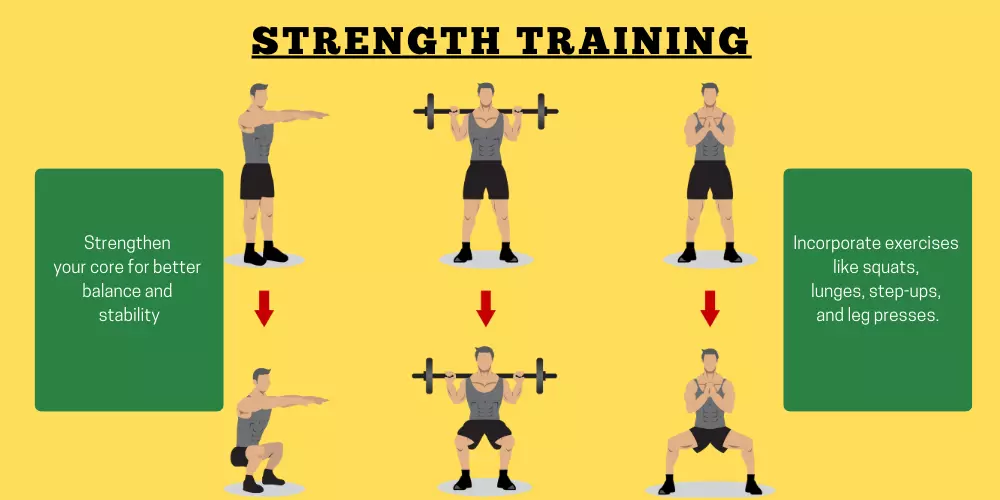
- Focus on strengthening your leg muscles, especially the quadriceps, hamstrings, and calf muscles.
- Incorporate exercises like squats, lunges, step-ups, and leg presses.
- Strengthen your core for better balance and stability using exercises like planks, Russian twists, and leg raises.
Flexibility and Mobility:
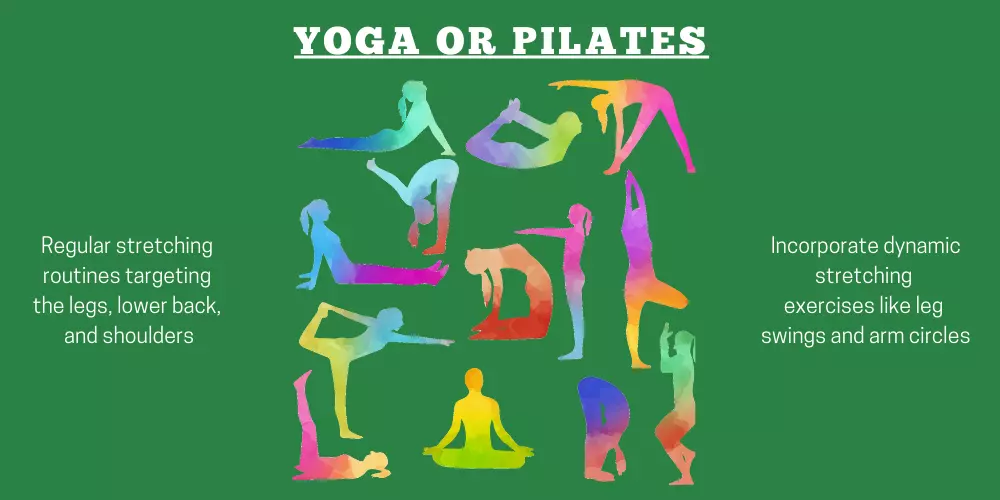
- Practice yoga or Pilates to improve flexibility and joint mobility.
- Regular stretching routines targeting the legs, lower back, and shoulders enhance your ability to move freely on uneven terrain.
- Incorporate dynamic stretching exercises like leg swings and arm circles before and after your trek.
Mental Resilience:
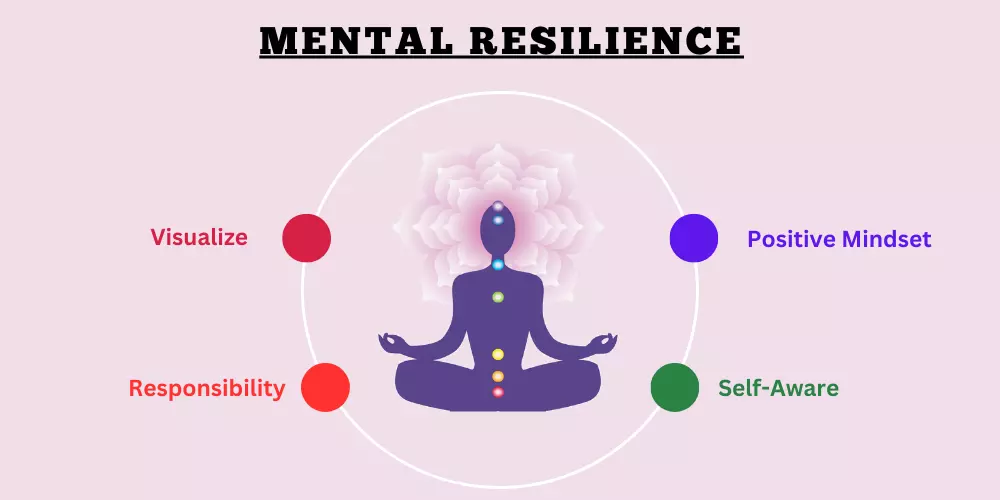
- Cultivate a positive mindset and view challenges as opportunities for personal growth.
- Visualize successful outcomes and be adaptable in the face of changing circumstances.
- Embrace discomfort as a natural part of the trekking experience.
Gear Familiarization:
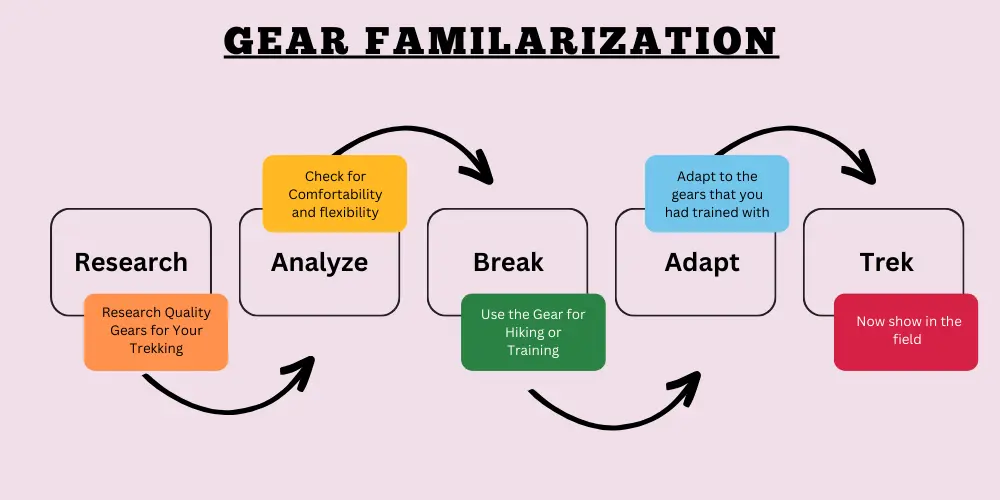
- Ensure your trekking boots are well broken in and comfortable for long walks.
- Practice using your backpack, trekking poles, headlamps, and water purification system.
- Experiment with layering clothing to adapt to fluctuating temperatures.
Avoiding Altitude Sickness: Tips for Trekkers
Altitude Sickness is a common problem faced during trekking at higher altitudes above 2,500 meters. Even though you have trained for high altitude trek, it is still possible that you may get altitude sickness.
But, how do you get altitude sickness?
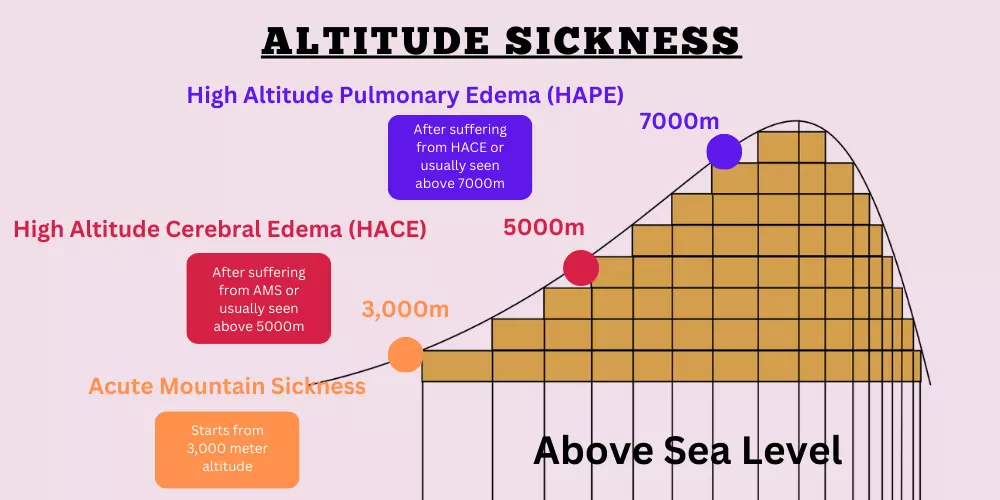
As you ascend to higher elevations, the air becomes thinner, which can lead to symptoms like headaches, dizziness, nausea, and shortness of breath. This type of sickness is what we call altitude sickness.
Altitude sickness is divided into 3 syndromes:
- Acute Mountain Sickness (AMS) – 1st Phase
- High Altitude Cerebral Edema (HACE) – 2nd phase
- High Altitude Pulmonary Edema (HAPE) – 3rd Phase
AMS is the most common illness that every trekker faces during trekking in high-altitude areas. Surprisingly, with proper preparation and precautions, you can greatly reduce the risk of AMS.

How to prevent Altitude Sickness for trekkers?
Here are some essential tips to help you prevent altitude sickness during high altitude trek:
Acclimatize Gradually:
- Allow your body time to acclimate to higher altitudes. Avoid rapid ascents and plan rest days at intermediate altitudes during your trek.
Ascend Slowly:
- Gradual ascent is crucial. Avoid gaining more than 300-500 meters in altitude per day once you reach 2,500 meters
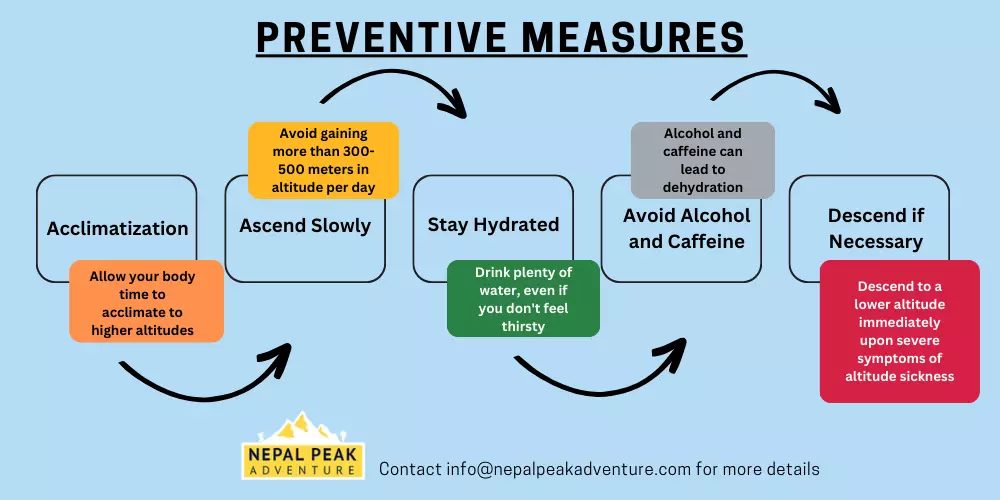
Stay Hydrated:
- Dehydration exacerbates the symptoms of altitude sickness. Drink plenty of water, even if you don’t feel thirsty, to stay properly hydrated.
Avoid Alcohol and Caffeine:
- Alcohol and caffeine can lead to dehydration, making it harder for your body to adjust to high altitudes. It’s best to minimize or avoid them.
Eat Nutrient-Rich Foods:
- Consume a balanced diet rich in carbohydrates, protein, and healthy fats. These nutrients provide the energy needed for trekking at high altitudes.
Descend if Necessary:
- If you or a fellow trekker experience severe symptoms of altitude sickness, descend to a lower altitude immediately. It’s the most effective way to alleviate symptoms.
Enhancing Your Trekking Experience with These Tips:
Trekking is not just a physical adventure or worrying about altitude sickness. It is an opportunity for self-discovery and connection with nature, different cultures, cuisines & many more.
So, you need to think about how you can make your trekking experience unforgettable, smooth, and enjoyable.
How to make your trekking experience the best?
Here are some tips from pros on how you can make your trek best:
Plan Ahead:
- Research your trekking destination thoroughly. Understand the terrain, climate, and necessary permits. A well-planned trip sets the foundation for a memorable experience.
Choose the Right Route:
- Select a route that aligns with your fitness level and interests. Consider factors like altitude, duration, and level of difficulty to find a trek that suits you best. Do not go for a popular trek that is challenging for your fitness level.
Travel Light:
- Pack only the essentials. Lightweight, versatile gear makes for a more comfortable journey. Remember, every extra kilogram counts on the trail.
Invest in Quality Gear:
- Invest in good-quality trekking gear, especially footwear. Well-fitted, durable boots can make a world of difference in your comfort and performance. Make sure that you use the gears before trekking to have a better experience.
Prioritize Safety:
- Safety should always be paramount. Carry a basic first-aid kit, have a communication plan, and be aware of local emergency services. If you are with Nepal Peak Adventure, you won’t have to worry about first aid, communication, or emergency services.
Stay Hydrated and Well-Nourished:
- Proper hydration and nutrition are key to sustaining your energy levels. Keep a water bottle handy and eat balanced meals to fuel your trek.
Engage with Locals:
- Interacting with locals offers a deeper cultural experience. Learn about their traditions, share stories, and gain insights into the region you’re exploring.
Practice Leave No Trace:
- Respect nature and wildlife by leaving minimal impact on the environment. Follow the principles of Leave No Trace to preserve the beauty of the natural surroundings.
Age Considerations in Trekking: Who Can Trek?
Usually, there are no age considerations in trekking. However, under 12 years old and over 60 years old people should not underestimate trekking & high altitude.
Overall, whether you’re young or young at heart, the trails welcome all. So,
Is there any age for trekking, or can anyone do it?
Anyone can do trekking if they prepare for a high altitude trek.
Here are some mindful of certain considerations to ensure a safe and enjoyable trekking experience, regardless of your age.
Youthful Enthusiasm:
Young trekkers, with their boundless energy and agility, often embrace the challenges of the trail with vigor. Their adaptability to various terrains and altitudes opens up a wide range of trekking opportunities.
Middle-Aged Trekkers:
Middle-aged individuals are increasingly drawn to trekking for its health benefits and rejuvenating effects. With proper training and preparation, they can tackle a variety of treks and savor the rewards of breathtaking landscapes.
Seniors on the Trail:
Age should not be a deterrent for seniors seeking trekking adventures. Many seniors find immense joy and fulfillment in trekking, and with adequate preparation and consideration of their physical limitations, they can partake in less strenuous routes.
Children and Family Treks:
Introducing children to trekking from a young age fosters a love for nature and adventure. Family-friendly treks with manageable distances and lower altitudes provide an excellent starting point for young explorers.
In essence, trekking is for everyone willing to embrace the adventure, regardless of age. With thoughtful consideration of physical capabilities, proper preparation, and a suitable choice of trail, trekkers of all ages can embark on transformative journeys amidst the awe-inspiring landscapes of the great outdoors.
Final Thoughts “How to prepare for a High Altitude Trek?”:
Preparing for a high altitude trek is not just about physical conditioning; it’s careful planning for the best experience, preparing for altitude sickness, & finding age limitations.
Remember, every step you take in preparation is a step closer to conquering those majestic peaks. Do not rush and take your time to enjoy the trail. Also, do not lose confident when you fail your trek.
So, step forward with confidence next time, knowing that you are well-prepared to face the challenges ahead. Safe travels, and may this “How to prepare for a high altitude trek?” help in your journey.
